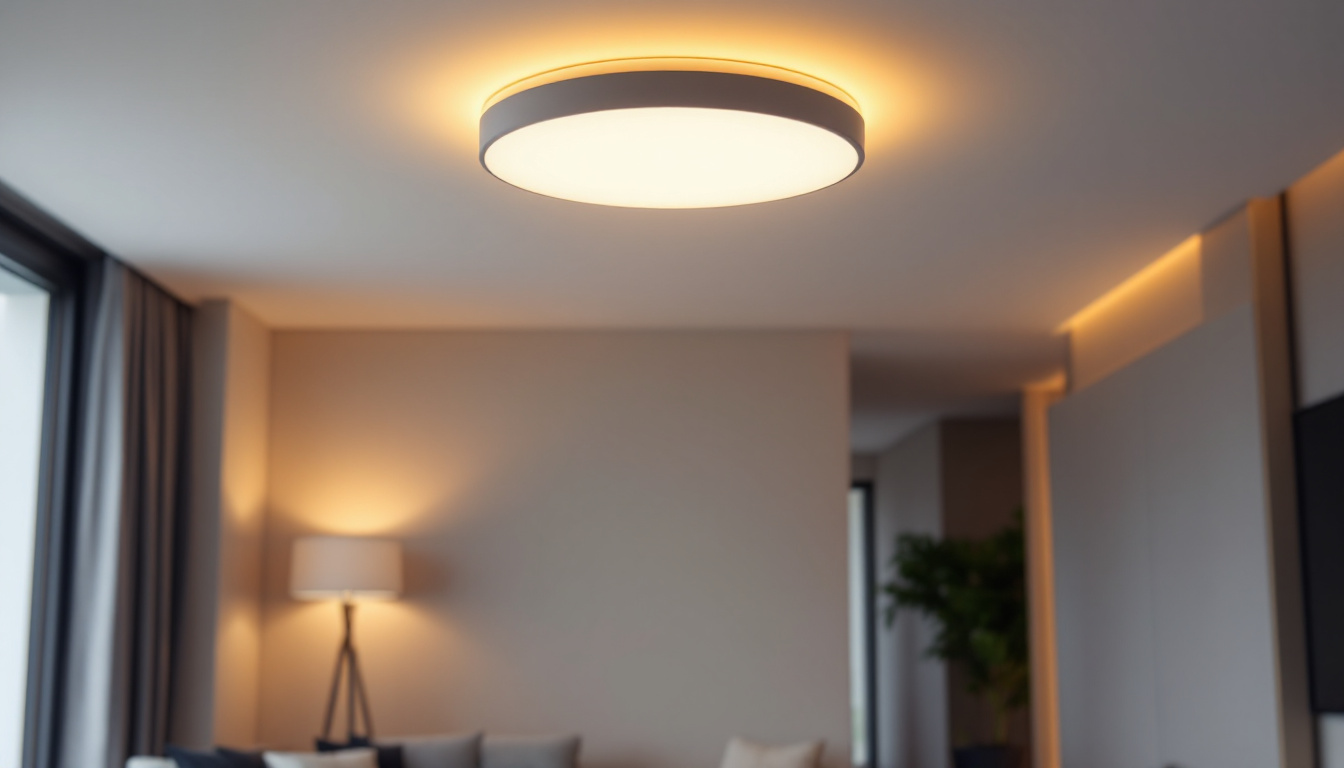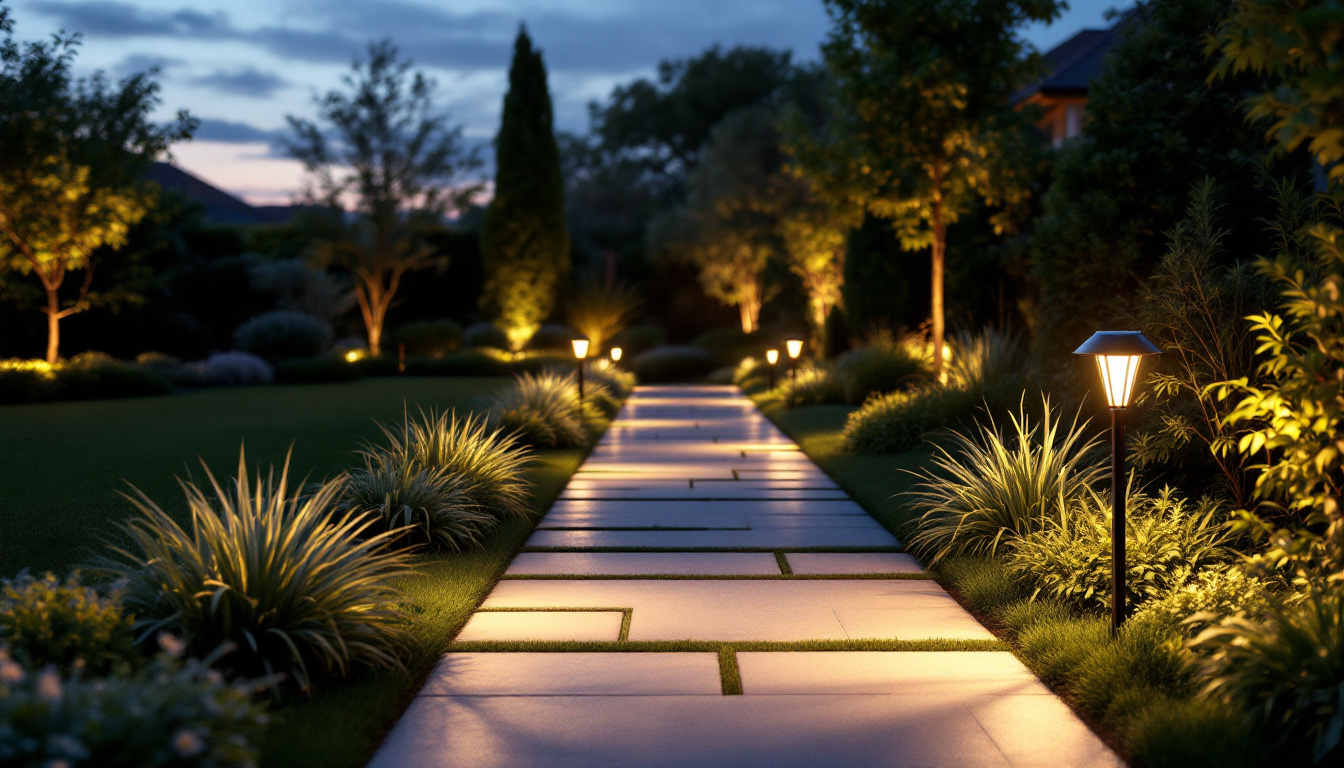
Lighting contractors play a crucial role in enhancing the aesthetics and functionality of spaces through effective lighting solutions. Among the various options available, long ceiling lights have gained popularity for their ability to illuminate large areas efficiently. However, the installation and design of these fixtures can present challenges. This guide aims to highlight common mistakes that contractors should avoid when working with long ceiling lights, ensuring a successful installation and satisfied clients.
Before diving into the installation process, it is essential to recognize the significance of thorough planning. A well-thought-out approach can save time, resources, and potential rework. Contractors should take the time to assess the space, understand the client’s needs, and create a detailed plan that addresses all aspects of the project.
Every space is unique, and understanding its dimensions, layout, and purpose is vital. Take measurements to determine the appropriate size and number of fixtures needed. Consider the height of the ceiling, as this will influence the type of long ceiling light that will be most effective. Additionally, evaluate any architectural features that may impact the placement of the lights. For instance, large windows may provide ample natural light during the day, which could affect the need for artificial lighting. Conversely, dark corners or areas with limited access to sunlight may require additional fixtures to ensure an evenly lit environment.
Engaging with clients to understand their specific requirements is crucial. Discuss their preferences regarding brightness, color temperature, and style. Are they looking for a modern aesthetic or a more traditional feel? Understanding these preferences will guide the selection of fixtures and ensure that the final result aligns with the client’s vision. It’s also beneficial to inquire about the intended use of the space. For example, a home office may require brighter, cooler lighting to enhance productivity, while a living room might benefit from warmer tones to create a cozy atmosphere. By taking these factors into account, contractors can tailor their approach to meet the client’s functional and aesthetic desires.
A comprehensive plan should include the layout of the lighting, the type of fixtures to be used, and the installation process. Consider factors such as wiring, power sources, and potential obstacles. A well-structured plan not only streamlines the installation process but also minimizes the risk of errors that could lead to costly adjustments later on. Additionally, it is wise to incorporate a timeline for the project, outlining key milestones and deadlines. This not only keeps the project on track but also allows for better communication with the client, ensuring they are informed of progress and any potential delays. Furthermore, including a budget estimate in the planning phase can help manage client expectations and prevent financial surprises as the project unfolds.
The selection of appropriate long ceiling lights is a critical aspect of the installation process. Choosing the wrong fixtures can lead to inadequate lighting, inefficient energy use, and unhappy clients. Here are some common pitfalls to avoid.
One of the most prevalent mistakes is selecting fixtures that are either too large or too small for the space. Oversized lights can overwhelm a room, while undersized fixtures may fail to provide adequate illumination. As a rule of thumb, the length of the light fixture should be proportional to the dimensions of the room. For example, in a long dining room, a longer fixture can create a balanced look while providing sufficient light. Additionally, consider the height of the ceiling; fixtures that hang too low in a room with high ceilings can create an awkward atmosphere, while those too high may not provide the desired effect. Striking the right balance ensures that the lighting enhances the room’s functionality and aesthetic appeal.
Long ceiling lights come in various styles, from sleek and modern to ornate and traditional. Contractors should consider the overall design theme of the space when selecting fixtures. A mismatch between the lighting style and the room’s decor can lead to a disjointed appearance. Always aim for harmony between the fixtures and the existing design elements. For instance, a minimalist fixture might clash with a richly decorated Victorian-style room, while a vintage chandelier could feel out of place in a contemporary loft. By thoughtfully integrating the lighting design with the room’s character, you create a cohesive environment that reflects the client’s personal style and enhances their experience.
In today’s environmentally conscious market, energy efficiency is more important than ever. When selecting long ceiling lights, consider options that utilize LED technology. Not only do LEDs consume less energy, but they also have a longer lifespan compared to traditional incandescent bulbs. This choice can significantly reduce energy costs for clients and contribute to a more sustainable installation. Furthermore, many LED fixtures now come with adjustable brightness and color temperature settings, allowing users to customize their lighting according to the time of day or activity. This versatility not only enhances the functionality of the space but also promotes a healthier living environment by allowing for warmer tones during the evening, which can aid in relaxation and sleep. As energy efficiency becomes a priority for homeowners, offering these advanced lighting solutions can set your services apart in a competitive market.
Once the planning and selection phases are complete, it is time to focus on the installation process. Proper installation techniques are crucial to ensuring that the long ceiling lights function as intended and meet safety standards.
The height at which long ceiling lights are installed can greatly influence their effectiveness. A common mistake is hanging fixtures too high or too low. Ideally, the bottom of the fixture should be at least 7 feet above the floor to allow for comfortable movement beneath it. Additionally, consider the placement of the lights in relation to furniture and other architectural features to avoid shadows and ensure even illumination.
Electrical considerations are paramount during installation. Ensure that the wiring is adequate for the power requirements of the fixtures being installed. Overloading circuits can lead to safety hazards and malfunctions. It is advisable to consult local electrical codes and regulations to ensure compliance. Furthermore, using high-quality wiring and connectors can enhance the longevity and reliability of the installation.
After the installation is complete, testing the lights is essential. This step allows contractors to verify that the fixtures are functioning correctly and providing the desired level of illumination. If any issues arise, adjustments should be made promptly to avoid client dissatisfaction. Consider conducting a walkthrough with the client to ensure that the lighting meets their expectations and to address any concerns they may have.
Clients often have specific concerns regarding long ceiling lights, and addressing these proactively can enhance the contractor-client relationship. Understanding common questions and issues can help contractors provide better service and build trust.
Clients frequently inquire about the brightness and quality of light produced by long ceiling fixtures. It is essential to educate them on the differences between lumens and watts, as well as the impact of color temperature on ambiance. Providing samples or visual aids can help clients better understand how the selected fixtures will perform in their space.
Another common concern is the maintenance required for long ceiling lights. Clients may worry about bulb replacement and cleaning. It is beneficial to discuss the longevity of the chosen fixtures, especially if LED options are selected. Providing information on maintenance practices and the expected lifespan of the lights can alleviate client concerns and enhance their satisfaction.
Clients often have budget constraints, and discussing costs openly can prevent misunderstandings. Be transparent about the costs associated with fixture selection, installation, and any potential ongoing maintenance. Offering a range of options can help clients make informed decisions that align with their budget while still achieving their desired lighting goals.
The lighting industry is constantly evolving, with new trends and technologies emerging regularly. For lighting contractors, staying informed about these developments is essential for providing clients with the best possible solutions.
Smart lighting technology has gained traction in recent years, allowing clients to control their lighting through mobile apps or voice commands. Incorporating smart features into long ceiling light installations can enhance convenience and energy efficiency. Contractors should familiarize themselves with the various smart lighting options available and be prepared to offer these solutions to clients.
As sustainability becomes a priority for many consumers, offering eco-friendly lighting solutions can set contractors apart. This includes not only energy-efficient fixtures but also options made from sustainable materials. Educating clients about the benefits of sustainable lighting can lead to more environmentally conscious choices.
Design trends in lighting are ever-changing, and being aware of current styles can help contractors make informed recommendations. From minimalist designs to bold statement pieces, understanding what is popular can guide fixture selection and installation. Regularly attending trade shows, workshops, and industry events can provide valuable insights into emerging trends.
Long ceiling lights can transform spaces and enhance functionality when installed correctly. By avoiding common mistakes related to planning, fixture selection, installation techniques, and client communication, lighting contractors can ensure successful projects and satisfied clients. Staying informed about industry trends and innovations will further enhance a contractor’s ability to provide exceptional service. Ultimately, a well-executed lighting installation not only meets client expectations but also elevates the overall design and ambiance of the space.
Ready to elevate your lighting installations with the best in spec-grade lighting? Look no further than LumenWholesale. Our commitment to quality and affordability ensures that you have access to a vast selection of top-quality long ceiling lights and other lighting products at unbeatable wholesale prices. Say goodbye to inflated markups and hello to hassle-free bulk buying with free shipping. Don’t compromise on quality or cost. Wholesale Lighting at the Best Value is just a click away. Transform your projects with LumenWholesale today!

Discover how LED ceiling lights flush mount designs are revolutionizing the lighting industry with their energy efficiency, sleek aesthetics, and versatile applications.

Discover how hanging light pendants can transform your space with their versatile designs and enhance your lighting strategy.

Discover the essentials of solar pathway lights in just five minutes! This quick guide for lighting contractors covers installation tips, energy efficiency benefits, and the latest innovations to illuminate your projects sustainably and effectively..

Discover the essential factors lighting contractors must consider when selecting gooseneck lights.